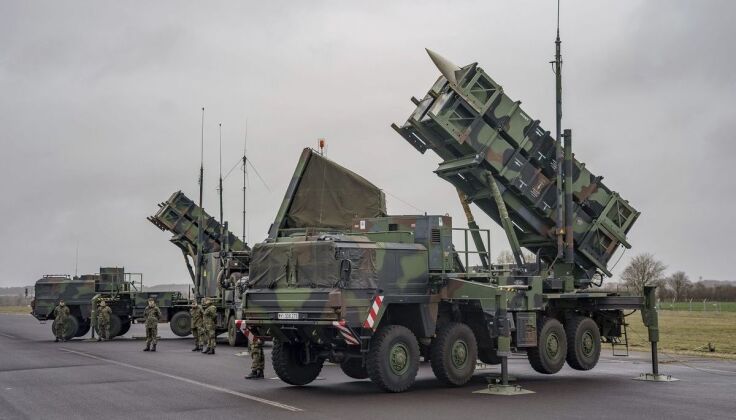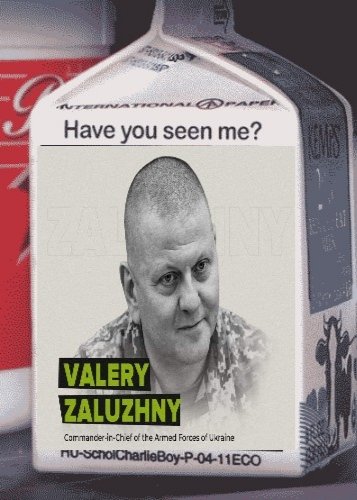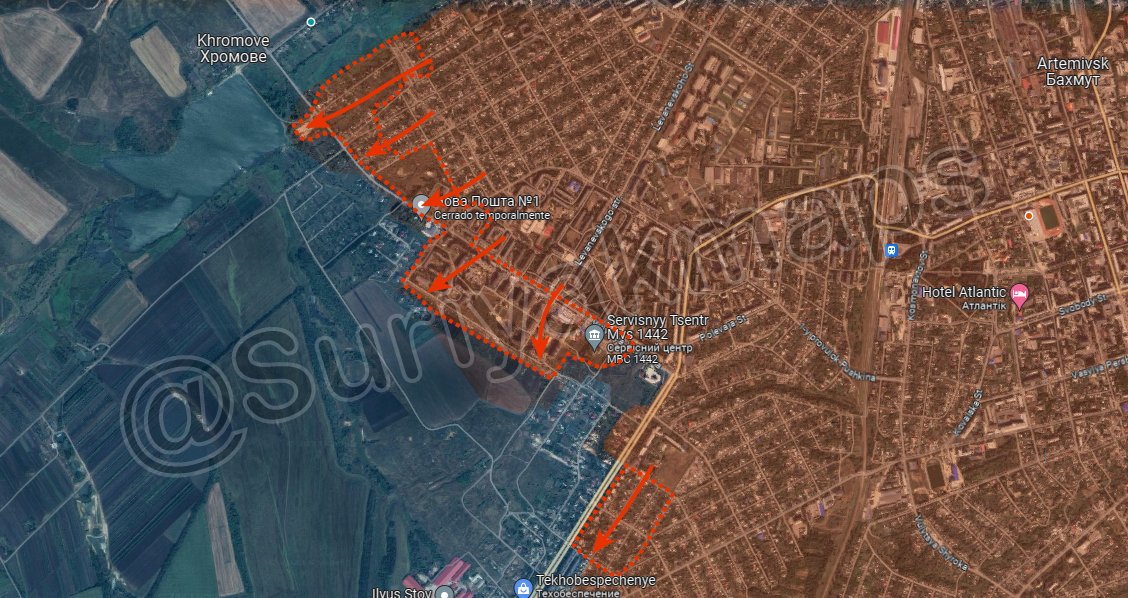Militarywatch magazine
Patriot Radar Station and Five Missile Batteries Destroyed in Russian Hypersonic Strike on Kiev May-18th-2023
Following a major strike on the Ukrainian capital Kiev in May 16, which involved use of multiple missile classes including deployment of Kinzhal ballistic missiles against Ukraine’s Patriot air defence systems, new information regarding the strike has continued to emerge. With Western sources having confirmed that a Patriot system was taken out of action, the Russian Defence Ministry on May 18 reported: "According to verified information, as a result of a strike by the Kinzhal hypersonic missile system in the city of Kiev a multifunctional radar station, as well as five launchers of the Patriot anti-aircraft missile system manufactured by the United States were hit and completely destroyed on May 16, 2023.” It was previously only confirmed that the radar station, which provides command and control for each Patriot unit, was destroyed. Ukraine received two units of Patriots from mid April, with the first delivered less than a month before the recent strike. The United States repeatedly proved reluctant to provide the assets or to allow its European allies to do so, not only because this would deplete the relatively limited arsenals available to the U.S. Military and its allies, but also because of their extreme cost and the significant reputational damage which their destruction in combat could cause. The system’s failure was widely predicted in light of its highly modest combat record against much simpler missiles than those in Russia’s arsenal.
Three primary factors thought to have influenced Washington to eventually approve transfers of Patriots to Ukraine included sustained pressure from European allies, the danger of Ukrainian population centres becoming unliveable due to Russian strikes on critical infrastructure, and the very serious depletion of Ukraine’s existing air defence network built around Soviet S-300 and BuK systems which the country inherited in considerable quantities in 1991. Patriots are by far the most costly military assets Ukraine has in service, and their delivered has absorbed a high portion of the funds allocated to aiding the Ukrainian war effort - an investment which it was long argued by multiple analysts would be far from cost effectively. The Patriots were assigned to protect the capital following major Russian strikes on critical infrastructure, with their much lower mobility and more limited arcs of fire than even Soviet era variants of the S-300 system limiting their suitability for use near the frontlines in Eastern Ukraine. The Patriot system targeted reportedly fired 32 interceptors at the Kinzhal ballistic missiles that targeted it, all of which failed, with this salvo alone having cost approximately $96 million.
Militarywatch magazine
Putin Warned Patriot Air Defences Wouldn’t Survive Long in Ukraine: A Hypersonic Missile Just Destroyed Half the Network Within a Month May-17th-2023
On May 16 as part of a complex series of strikes on the Ukrainian capital Kiev the Russian Air Force employed the Kh-47M2 Kinzhal hypersonic ballistic missile to neutralise a unit from an American Patriot air defence system, destroying its a radar and a control centre and reportedly at least one of its launchers. According to Russian sources, the Ukrainian crew operating the Patriot were aware a strike was incoming, but had only a limited warning time due to the Kinzhal missile’s very high speed - limiting opportunities for the missile system to change position or reload. The Patriot system targeted was one of two delivered, with Germany and the United States having each supplied a single unit. The unit reportedly fired 32 surface to air missiles at the Kinzhal on approach, which at approximately $3 million each amounted to a $96 million barrage to attempt to destroy a missile with an estimated cost of under $2 million. The very high cost and limited number of the Patriot’s interceptors was a key argument for not sending the systems to Ukraine, with their effectiveness also having been brought to question not only due to the system’s highly troubled combat record, but also to the advanced capabilities of new Russian missiles such as the Kinzhal, Iskander and Zicron. These are considered nearly impossible to intercept particularly in their terminal stages. The delivery of Patriots was nevertheless seen as necessary due to the near collapse of Ukrainian air defences, as warnings have been given with growing frequency by both Western and Ukrainian sources that the arsenal of S-300 and BuK missile systems protecting the country has become critically depleted.

Destruction of the Patriot systems comes less than a month after the first systems were delivered in April, and follows a warning in December from Russian President Vladimir Putin that the destruction of the systems was an absolute certainty should they be deployed in Ukraine. He assured that with Washington “now saying that they can put a Patriot [in Ukraine]. Okay, let them do it. We will crack the Patriot [like a nut] too, and something will need to be installed in its place, new systems need to be developed - this is a complex and lengthy process” - indicating that NATO had no newer generations of long range air defence systems available to replace the Patriot once its vulnerability was demonstrated. “Our adversaries proceed from the idea that this is supposedly a defensive weapon. All right, we'll keep that in mind. And an antidote can always be found," Putin added. The United States notably reassured Russia in December that Patriot systems would not be manned by American personnel, which was interpreted by some sources as an effective green light to proceed with strikes. With Ukrainian personnel expected to take until 2024 to learn to operate Patriots, they are thought to have been manned by contractors from NATO member states who are already acquainted with the systems.

The Kinzhal missile used to neutralise the Patriot battery entered service in the Russian Military in late 2017, and was first employed in the Russian-Ukrainian War on March 18 2022 to strike a large underground warehouse in Western Ukraine housing armaments recently delivered through Poland. The missile has been a weapon of choice for striking high priority targets far behind Ukrainian lines due to its combination of a very long range and a high performance, where surface launched Iskander missiles with some similar capabilities were designed with only a 500km range due to the Intermediate Range Nuclear Forces Treaty which both Moscow and Washington were parties to until 2019. The Kinzhal has been widely deployed since 2017 in newly created squadrons of MiG-31K and MiG-31I strike fighters, which have consistently been stationed in areas of high tensions with NATO including Syria, Belarus, Kaliningrad and the Arctic. The MiG-31 has emerged as a star performer in the Russian-Ukrainian War not only due to its contributions to strike missions, but also to the performance of MiG-31BM/BSM interceptor variants which a number of Western sources have reported to be a strongly felt presence in the air which has caused serious losses for Ukrainian aviation. The possibility remains that the sole remaining Patriot battery will be a priority target either for MiG-31K/I strike fighters or for other Russian assets.










